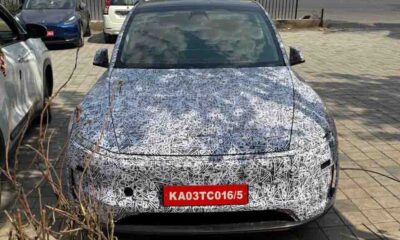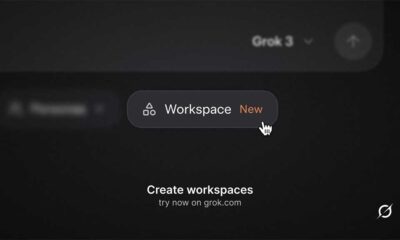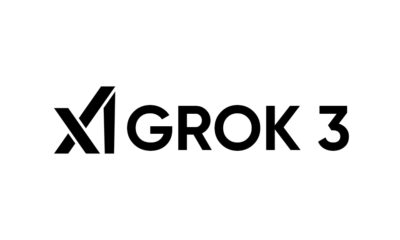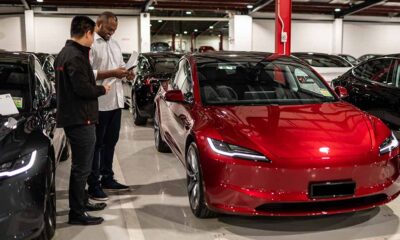Blue Origin
Blue Origin completes BE-7 engine’s vacuum cell test
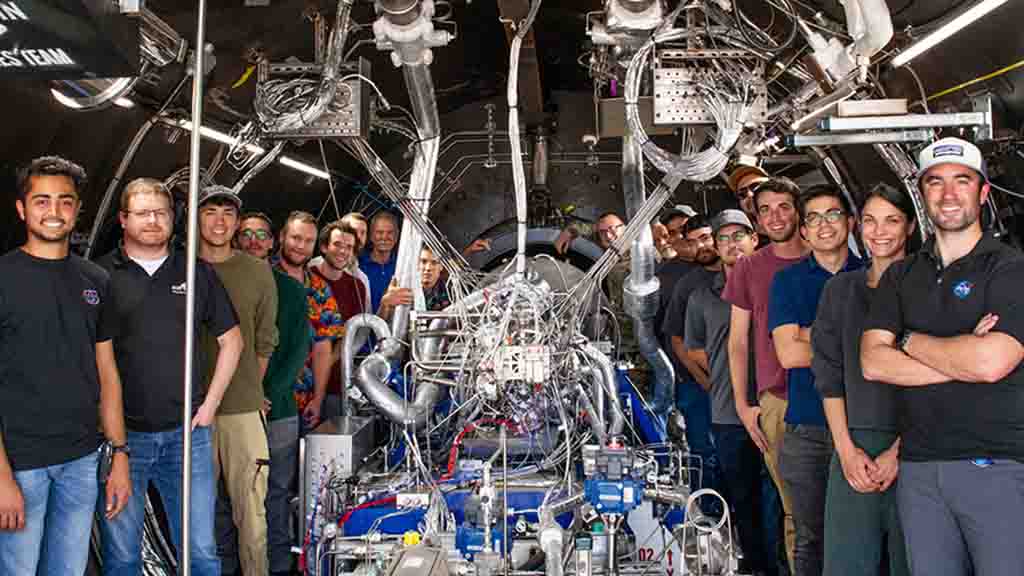
Blue Origin has completed the BE-7 engine testing in a vacuum cell, a big milestone in engine development and its in-vehicle test later.
The testing comes two months after the company announced sending the engine to the Air Force Research Laboratory at Edwards Air Force Base, California.
Following installation in a test chamber, the chamber is evacuated to simulate altitude conditions. The vacuum environment is maintained during rocket engine firing sustaining a pressure environment to simulate a space-like experience.
Here’s another view of a BE-7 in testing. Great to see the team’s progress at Edwards. BE-7 has a novel high-performing dual-flow closed expander cycle. MK1 has one BE-7 engine, and our larger MK2 crewed lander, part of the Artemis effort, is powered by three BE-7s. https://t.co/iWJUjDtVhq pic.twitter.com/bKBswKfyFr
— Dave Limp (@davill) August 20, 2024
Blue Origin has designed the BE-7 engine to provide throttle and restart when required. It will provide thrust for lunar missions and payload transport. It consists of an oxygen pump, thrust chamber assembly, hydrogen pump, and nozzle assembly.
It generates more than 10,000 lbf (44.5 kN) thrust with liquid hydrogen and oxygen propellant. Blue Origin’s Pathfinder Mission (MK1) will be the first demonstration mission while MK1’s second version will be available to payload customers.
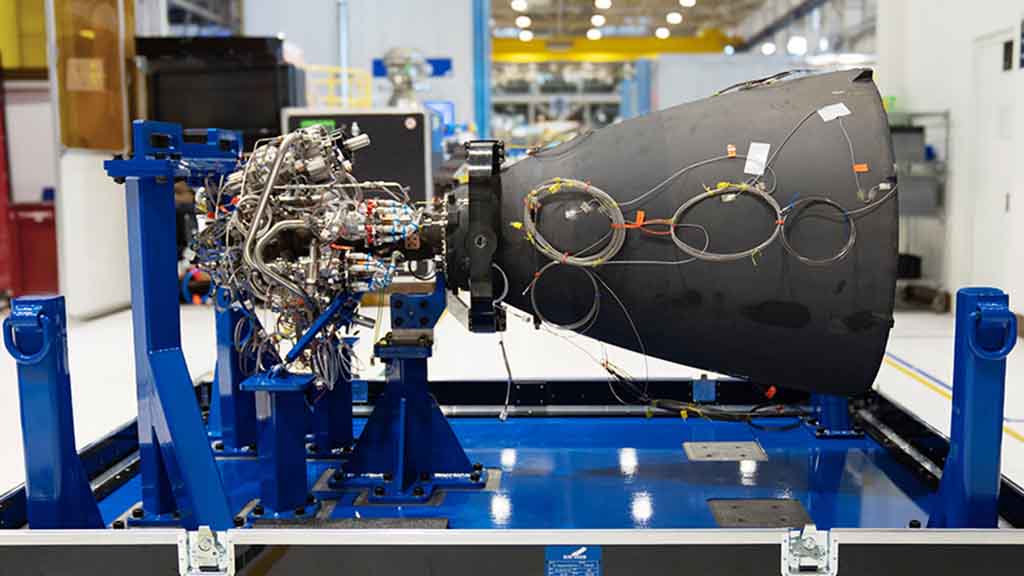
Blue Origin BE-7 Engine (Image Source – Blue Origin)
MK1 will use a BE-7 engine, cryogenic fluid power and propulsion system, avionics, continuous downlink communications, and precision landing with 100 m site accuracy.
Under NASA’s NextSTEP-2 Appendix P Sustaining LUnar Development (SLD) contract, the rocket maker and its National Team partners will develop and send a Blue Moon MK2 lunar lander with human passengers.
(source – Blue Origin)



